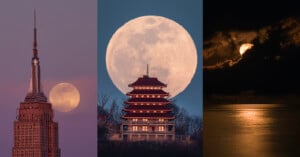
Phenomenal Photos of March’s Full Worm Moon
A glorious full Moon lit up the skies last night with celestial observers able to capture spectacular photos of March's full Moon, known as the Worm Moon.

A glorious full Moon lit up the skies last night with celestial observers able to capture spectacular photos of March's full Moon, known as the Worm Moon.
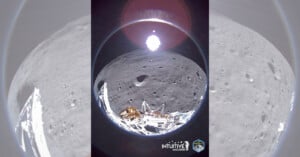
As it used the last of its power reserves, the Intuitive Machines Odysseus Moon lander captured one final photo before shutting down.
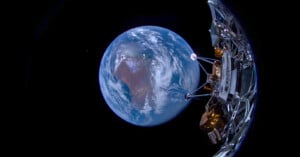
The Odysseus moon lander, developed by Houston-based company Intuitive Machines, has sent incredible photos back to Earth. The private space exploration behind the lander has selected four to share with the world.
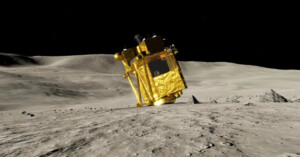
Last week, Japan became the fifth country to land a spacecraft on the Moon successfully. However, the historic accomplishment had its challenges. The Japanese Aerospace Exploration Agency's (JAXA) Smart Lander for Investigating Moon (SLIM) landed upside-down on the lunar surface, preventing the lander from recharging its batteries with its included solar panels.
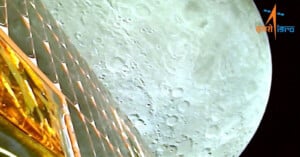
India's Chandrayaan-3 rover reached lunar orbit on August 5 and has sent its first images of the Moon to Earth. Successfully entering lunar orbit is a critical step in the Indian Space Research Organization's (ISRO) historic mission to the Moon.
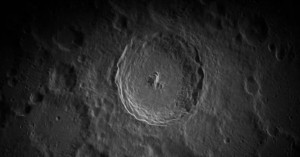
A radar system less powerful than a household microwave has captured the highest-resolution pictures of the Moon ever captured from Earth.
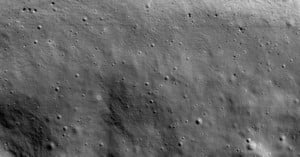
The NASA-built ShadowCam has beamed back its first image. The amazing photo is of the far side of the Moon and shows off the camera's hypersensitivity to light.
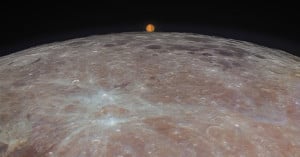
Astrophotographer Andrew McCarthy captured Mars rising behind the full Moon which temporarily eclipsed the Red Planet in the night sky on Wednesday.
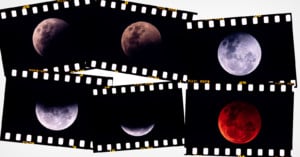
A photographer used a 35mm analog camera attached to an enormous telescope to create a stunning timelapse of the lunar eclipse using 180 photos and five rolls of film.
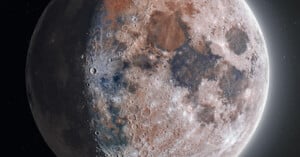
Two astrophotographers, Andrew McCarthy and Connor Matherne, took almost a full year to create a spectacularly detailed and colorful image of the Moon.
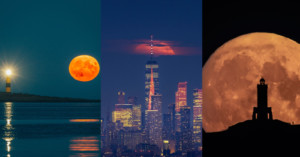
Supermoons have been plentiful recently, but this month's Sturgeon Moon is the final one of the year and photographers will have to wait 12 months for the next one.
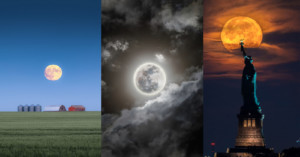
The supermoon lit up the skies this week, peaking on Wednesday when it appeared 30% bigger and brighter than usual.
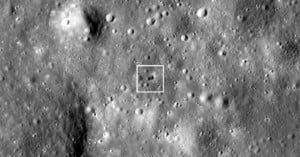
NASA's lunar reconnaissance orbiter has photographed the site of a rocket impact that occurred last March. Not only has it created a strange double crater, it is also not clear where the rocket even came from.
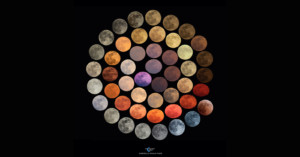
In a unique lunar composite that took ten years to complete, Italian teacher and astrophotographer Marcella Giulia Pace captured all the different colors she observed of a full Moon.
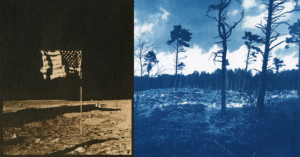
Photographer Lewis Bush has put the dark history of space research under the microscope, revisiting key sites in the history of rocketry and documenting them with the cyanotype process.
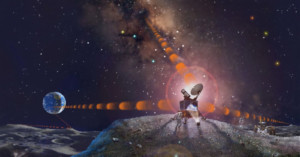
The International Lunar Observatory Association (ILOA) in Hawai'i is preparing to launch a dual-camera system attached to a Moon lander whose primary purpose will be to photograph the cosmos.
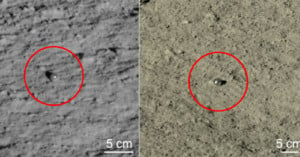
Scientists behind China's Yutu-2 rover say they have discovered "translucent glass globules" on the far side of the surface of the moon. Roughly a centimeter in diameter, they were discovered by the panoramic camera on the rover.
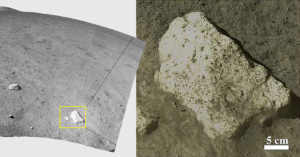
China's Chang'e 5 lunar lander has found the first-ever on-site evidence of water on the Moon's surface. Photos shot by the probe show the Moon rock and surrounding lunar soil that the water was detected in.
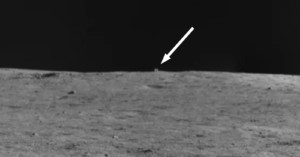
China's Yutu 2 lunar rover has photographed what is being described as a "mystery hut" on the far side of the moon, and Chinese scientists are eager to have the robotic exploration vehicle investigate it further.
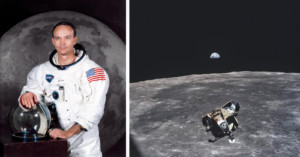
NASA astronaut Michael Collins has passed away at the age of 90. Collins is most well known for a photo he took of the lunar module containing both Buzz Aldrin and Neil Armstrong in front of the Earth, which captures all of humanity, alive and dead, in a single photo. That is, other than himself.
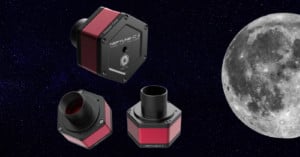
Sightron has announced it will release five new Player One Astronomy CMOS sensor astrophotography cameras. The company says its goal is to be the frontrunner in the astronomy observation space using the latest technology to produce astronomical observation equipment.
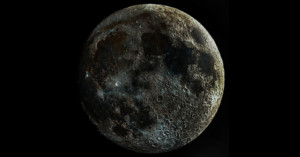
Photographer Andrew McCarthy wanted to create a moon photo with more texture, so he spent two weeks photographing the waxing moon from his backyard and then combined slices from the photos where the shadows are longest. This is what resulted.
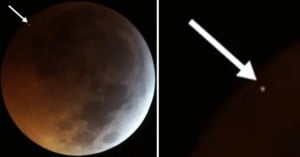
During the super blood wolf moon total lunar eclipse on Monday, cameras pointed at the moon captured the first known sighting of a meteorite slamming into the shadow-covered moon. This 24-second video of the impact was released by Jose Maria Madiedo at the University of Huelva in Spain.
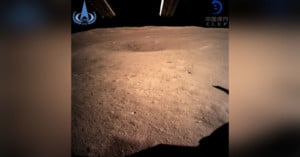
China just became the first country to achieve a soft-landing on the far side of the moon after its Chang'e-4 probe landed at 2:30 AM Universal Time today. And shortly after landing, the probe sent back this first photo ever shot from the surface of the "dark side of the moon."
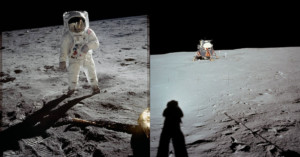
NASA’s Apollo Program was an audacious mission to send astronauts to the moon -- a national goal set by President John F. Kennedy’s in a bold speech in 1961 that was an ongoing part of the Cold War.
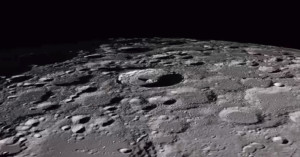
NASA has released a new eye-popping virtual tour of the moon in 4K resolution using imagery and data gathered by its Lunar Reconnaissance Orbiter spacecraft since 2009.
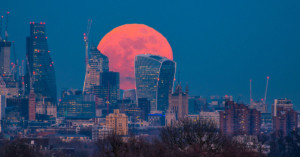
Supermoons attract a lot of media attention. You’ll struggle to scroll through your newsfeed without reading about a big upcoming lunar event, especially if you're following any of the photography news feeds. I recently photographed the super blue blood moon rising from the London skyline.
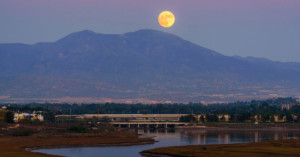
Want to learn how to predict and photograph a moonrise or moonset? Here's a helpful 5-minute video on just that by photographer Matthew Saville of Nature TTL.
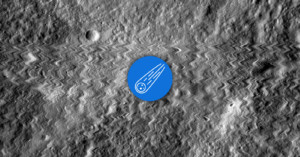
On October 13, 2014, the Lunar Reconnaissance Orbiter Camera (LROC) was hit by a tiny meteoroid which was traveling faster than a speeding bullet. The impact resulted in a ‘wild and jittery’ image of the moon’s surface.
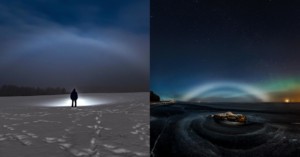
A month ago I had never seen a lunar fog bow; now I have seen three. I got to see my first lunar fog bow on December 17th, and last night I got to see two more of these elusive phenomena. We had lots of fog around the city of Östersund and since it was the night of the full moon, I drove around chasing locations where I could see this beautiful phenomenon.